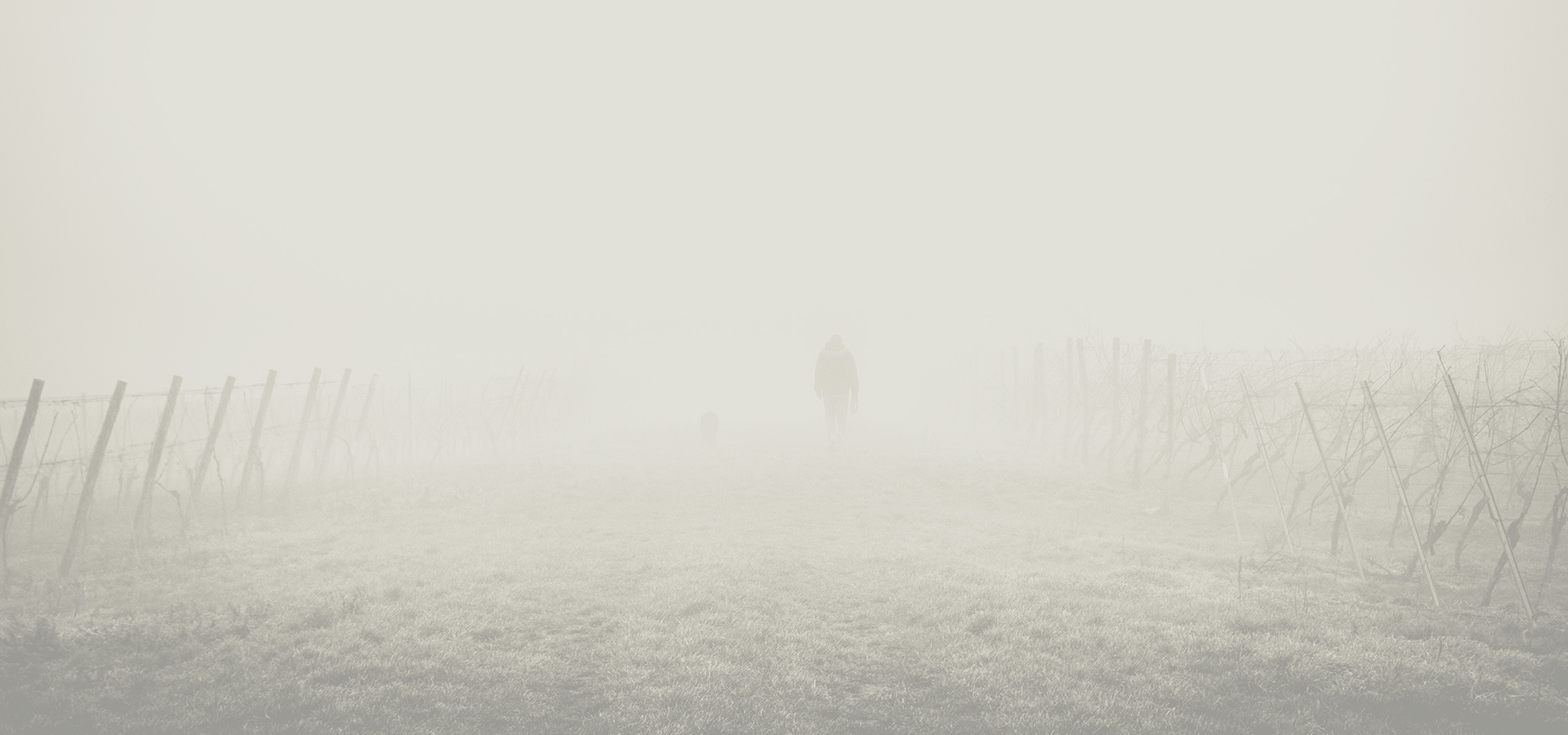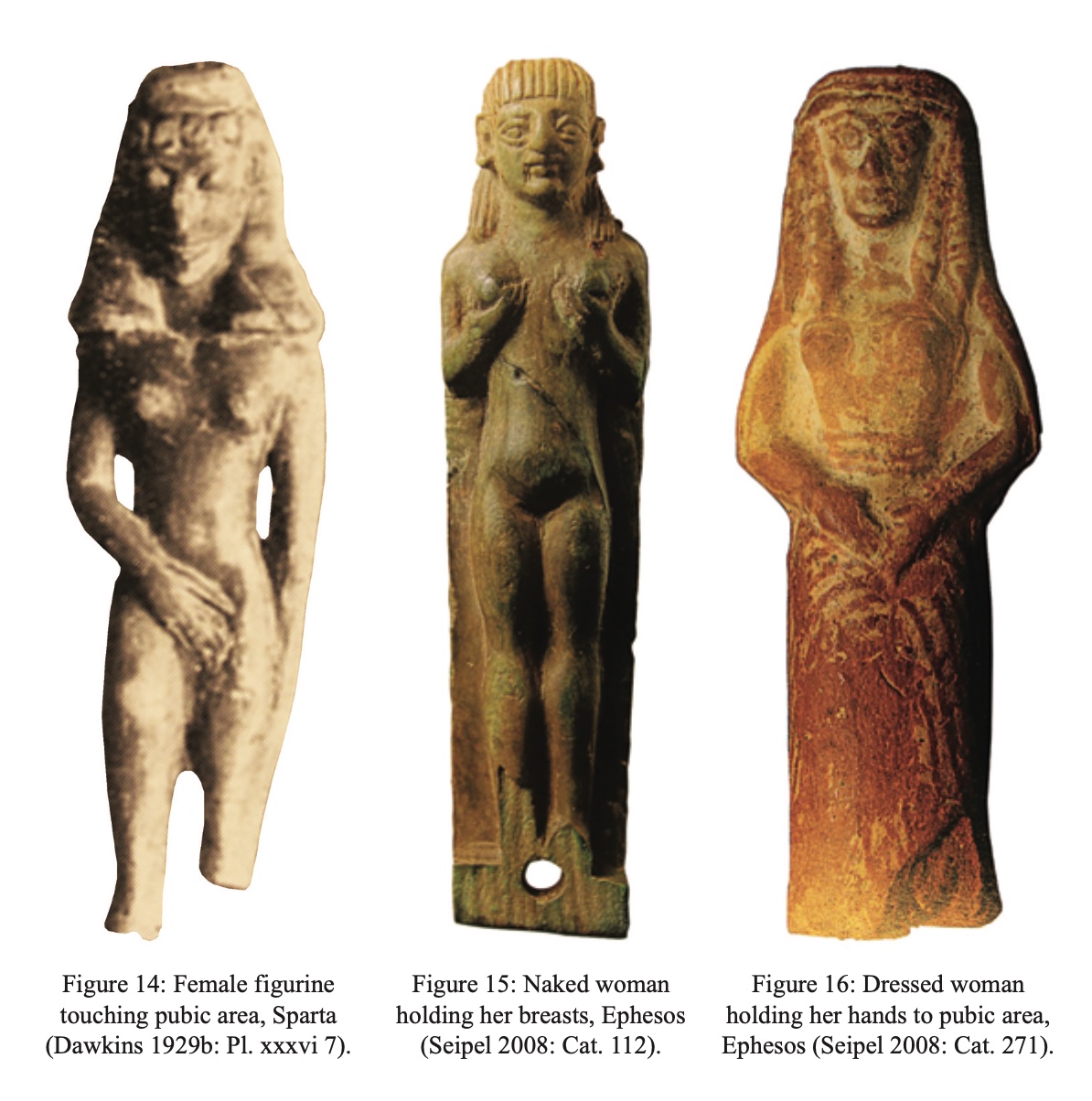Lorem ipsum dolor sit amet, consectetur adipiscing elit. Morbi eu nulla vehicula, sagittis tortor id, fermentum nunc. Donec gravida mi a condimentum rutrum. Praesent aliquet pellentesque nisi.


The social and cultural significance of votive offerings in the cults of Artemis at Brauron, Ephesos and Sparta.
The goddess Artemis appears to have been a manifold and complex goddess with a character that is sometimes inconsistent and difficult to comprehend She is defined as a mistress of nature and all things wild (Burkert 2001:149, Simon 1969:150-151); a hunting goddess (Burkert 2001:149, Hjerrild 2009:42-43, Simon 1969:149, 156-157); a goddess of fertility (cartledge 2001, 86, Eitrem 1909, 27, kahil 1984, 1, 740, Nilsson 1906, 180, Papadimitriou 1963:113, Price 1978:121); a virgin goddess, a patroness of the transition from child to adult (Burkert 2001, 150-151), and a birth goddess (Page 1951, 73, Rose 1929, 402) Many of these scholarly interpretations constitute Artemis as a nature goddess and are interpretations that belong to a long and unquestioned tradition Such interpretations are not necessarily incorrect, but, being so general, they may obscure our understanding of how Artemis was perceived and how she was believed to have met the needs of individuals and cities at specific times and places To nuance the tradition of characterizing Artemis as a goddess of nature, I seek to study Artemis from a social and cultural perspective, and to study the dynamic between aspects of nature and of culture related to Artemis Many scholars have been, and are, concerned with Artemis, and many have also produced intriguing analyses on the written or archaeological sources associated with her character yet, there is still a great deal yet to be done when treating Artemis as a social and cultural phenomenon. My aim with this book is to contribute to the further development of a more nuanced perspective on the character of Artemis.